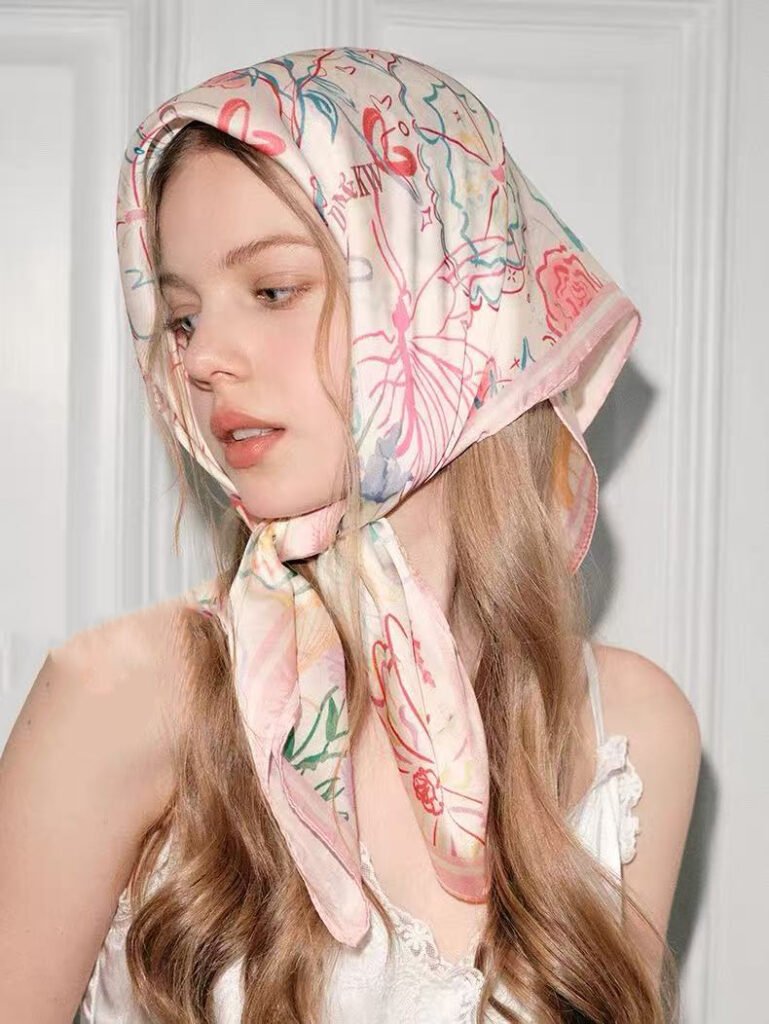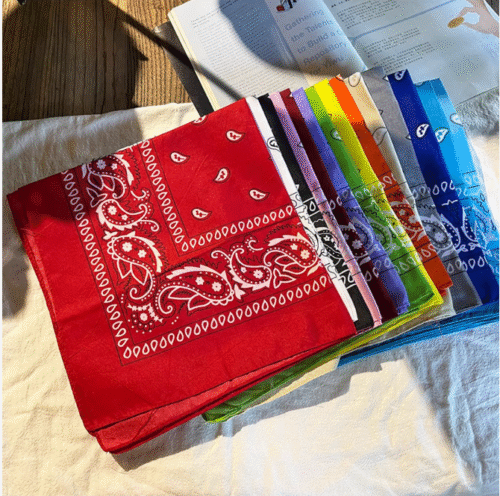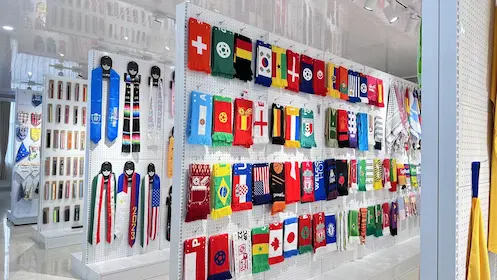Beyond the Fabric
Шарф is far more than a piece of fabric draped around your neck — it’s a canvas of identity, history, and emotion. From ancient battlefields to modern catwalks, scarves have silently communicated messages of status, faith, and self-expression.
This article explores what scarves truly symbolize — tracing their journey through history, culture, fashion, and personal meaning — and uncovers how this timeless accessory continues to speak a universal yet deeply personal language.

Оглавление
ПереключатьA Thread Through Time: The Historical Symbolism of Scarves
As noted by Urban Medley, the scarf’s symbolism has evolved across eras, reflecting shifts in society, art, and human identity.

Symbol of Rank and Utility
In ancient Rome, soldiers carried a sudarium — a simple cloth used to wipe sweat, but also a mark of distinction. What began as practicality soon evolved into a sign of rank and discipline.
Centuries later, Croatian mercenaries wore cravats — the precursors to modern neckties — as part of their military uniform. Their distinctive scarves denoted allegiance and status, eventually inspiring European fashion elites.
Symbol of Status and Wealth
During the Silk Road era, silk scarves became treasures of luxury. In imperial China, the shimmering threads symbolized not just beauty, but wealth, rank, and exclusivity. Only the nobility could afford these delicate fabrics. The trend echoed through European courts, where silk scarves were worn as badges of refinement and sophistication.
Symbol of Allegiance and Rebellion
Throughout history, scarves have also served as symbols of unity or protest. A specific color or pattern could instantly signal belonging — from military regiments to political movements, or even sports teams. In many revolutions, a scarf wasn’t just an accessory; it was a statement of belief, a fabric-bound declaration of identity and resistance.
A Global Tapestry: Cultural and Spiritual Symbolism
Across continents, scarves carry profound cultural and spiritual meanings — representing faith, modesty, artistry, and heritage (Urban Medley).

A Symbol of Faith and Modesty
In many traditions, headscarves such as the Хиджаб in Islam or the Tichel in Judaism symbolize devotion, humility, and respect. These garments are not merely cultural accessories; they are visual expressions of inner values, denoting a person’s spiritual and social identity.
An Expression of Art and Heritage
Patterns and weaving styles can tell stories of place and lineage. Scottish tartans, for instance, represent family clans and regional pride. The swirling Paisley motif — originating from Persian and Indian artistry — embodies cultural fusion and creativity. Each thread becomes part of a global narrative, weaving together generations of craftsmanship and identity.
The Modern Scarf: A Symbol of Your Personal Story
In today’s fashion landscape, scarves have transformed into tools of self-expression, reflecting who we are and how we feel.

Your Style, Your Statement
According to Urban Medley’s design philosophy, how you wear your scarf says as much as what you wear.
- А шелковый шарф suggests elegance and poise.
- А woolen wrap evokes comfort and warmth.
- А loosely tied style reflects spontaneity and creativity.
- А neat knot radiates professionalism and focus.
In essence, the scarf becomes a mirror of personality — an unspoken statement about your mood, confidence, and aesthetic story.
The Psychology of Color: What Your Scarf Choice Says About You
As Pop Fashion insightfully notes, color psychology plays a crucial role in fashion symbolism.
- Красный scarves symbolize confidence, passion, and vitality — a bold declaration of energy.
- Синий scarves represent calm, trust, and intellect, ideal for those seeking balance and professionalism.
- Желтый scarves radiate optimism, creativity, and warmth, reflecting a sunny, expressive spirit.
When you reach for a scarf each morning, you’re not just dressing for the weather — you’re communicating your mood and mindset.
More Than Fabric: The Symbolism of Gifting a Scarf
Bet & Malfie emphasizes that gifting a scarf transcends material value — it’s an intimate, symbolic act.
A Gift of Warmth and Care
The most direct message behind a wool or cashmere scarf is simple yet heartfelt: “Stay warm. Stay well.” It’s a tangible expression of protection and affection, perfect for loved ones or close friends.
A Symbol of Luxury and Affection
A fine silk scarf, on the other hand, conveys admiration and respect. It’s a way of saying, “You deserve something beautiful.” In many cultures, gifting silk signifies love, esteem, and emotional closeness — a sophisticated form of appreciation.
“I See You”: Gifting Personal Style
Perhaps the most meaningful gesture lies in choosing the right scarf. Selecting a design that matches someone’s personality shows attention, understanding, and emotional connection. It’s not merely a gift — it’s a message that says, “I notice you. I understand your style.”
Conclusion: The Scarf as a Personal Emblem
A scarf is never just an accessory. It’s a symbol layered with history, culture, and personal meaning. From ancient soldiers to modern stylists, from sacred rituals to street fashion, it continues to weave stories of who we are.
Ultimately, the true symbolism of a scarf is defined by the wearer. It absorbs your essence — your style, your emotions, your story.
So, next time you wrap one around your neck, pause and ask yourself:




